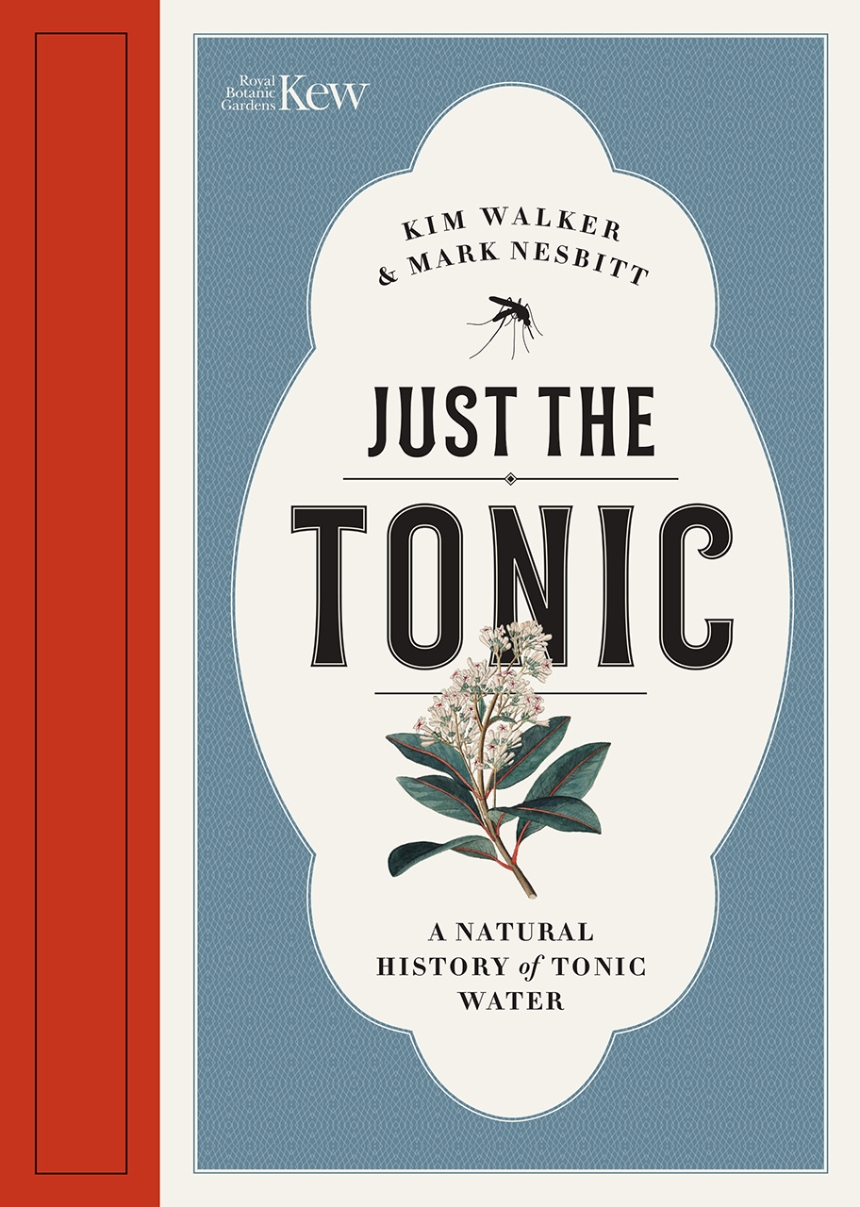Tonic water elicits images of sparkling drinks and stirred concoctions, but it has a history that reaches beyond the bar. Its roots go back centuries, starting with the Andes and the cinchona tree, and it had its start as a natural medicine instead of as a tasty mixer. Quinine, tonic water’s signature ingredient, was once used to treat Malaria and is still used by some to soothe leg cramps. From the Quechua people and Spanish colonists, to French chemists and British officers, the journey from botanical discovery to cocktail staple is a fascinating story.
Just the Tonic is an accessible yet informative history of tonic water, written by leading experts from the Royal Botanic Gardens, Kew—which is home to one of the largest collections in the world of historic cinchona. It takes us through the discovery and development of quinine and its eventual meeting with sparkling water. It also introduces us to the basic botany and development of the cinchona tree.
The iconic gin and tonic cocktail is not forgotten in these pages. The authors look at the changing role of the drink, tracing the rise and fall, and rise again, of cocktails straight from officers’ messes of British India, the art deco cocktail bars of the 1920s, through to the Mad Men era and the recent resurgence of gin as a drink of choice. A final chapter on cocktail recipes provides instructions on how to make delicious alcoholic and nonalcoholic drinks using an array of different tonics and spirits. Mixed into the book are reproductions of stunning historical artwork, posters, and photographs.
This is the first authoritative book on the history and role of tonic water, making it the perfect addition to both bookshelves and bar carts.
Just the Tonic is an accessible yet informative history of tonic water, written by leading experts from the Royal Botanic Gardens, Kew—which is home to one of the largest collections in the world of historic cinchona. It takes us through the discovery and development of quinine and its eventual meeting with sparkling water. It also introduces us to the basic botany and development of the cinchona tree.
The iconic gin and tonic cocktail is not forgotten in these pages. The authors look at the changing role of the drink, tracing the rise and fall, and rise again, of cocktails straight from officers’ messes of British India, the art deco cocktail bars of the 1920s, through to the Mad Men era and the recent resurgence of gin as a drink of choice. A final chapter on cocktail recipes provides instructions on how to make delicious alcoholic and nonalcoholic drinks using an array of different tonics and spirits. Mixed into the book are reproductions of stunning historical artwork, posters, and photographs.
This is the first authoritative book on the history and role of tonic water, making it the perfect addition to both bookshelves and bar carts.
144 pages | 150 color plates | 6 3/4 x 9 3/4 | © 2019
Biological Sciences: Biochemistry
History: General History

